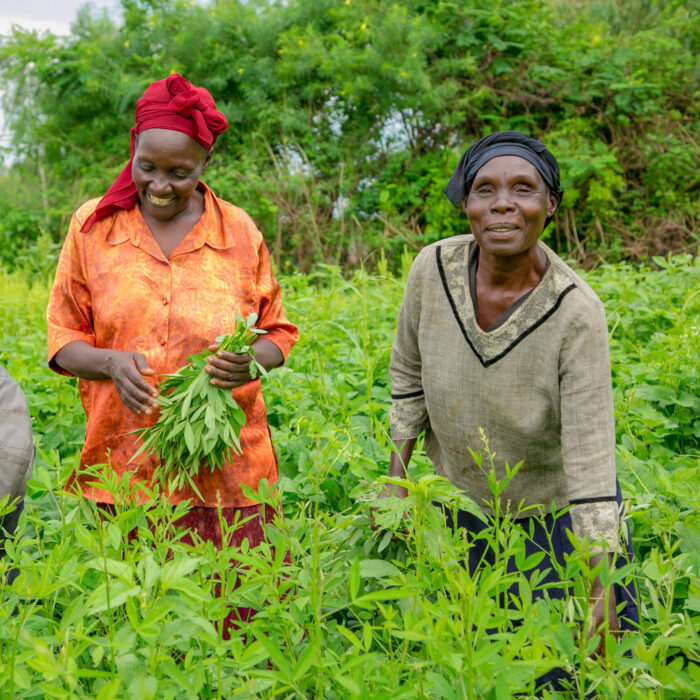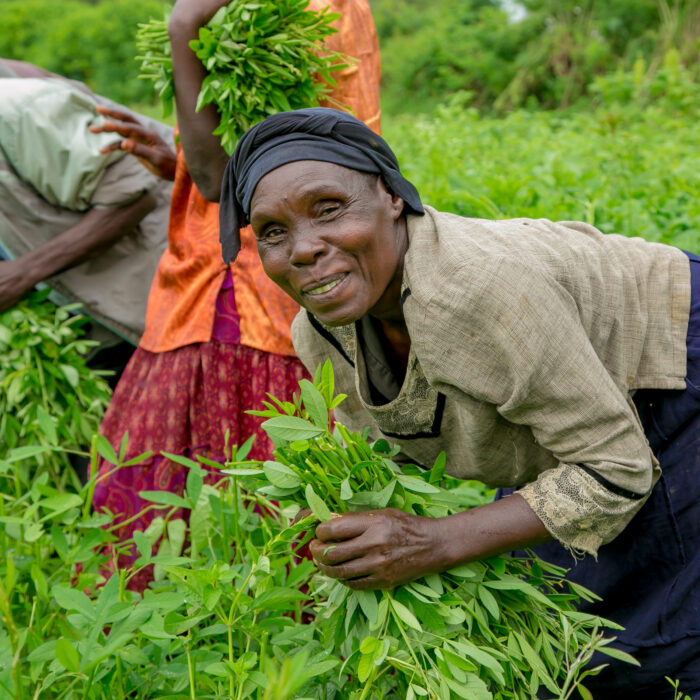Variety Different Crops, More Resilience
- x2 Farmers more than doubled the number of vegetable types grown in their gardens.
This increase in diversity is key. It improves dietary quality and boosts climate resilience—giving families more to eat and more to fall back on if a crop fails due to drought, pests, or flooding.
A 50% Drop in Food Insecurity
One of the most striking findings was a 50% improvement in food security. Using the Household Food Insecurity Access Scale (HFIAS), a widely used and accepted assessment tool, we saw average scores drop from:
- 9.55 at baseline to 4.77 at endline.
Even for farmers who still experienced some insecurity, the severity had decreased. This is a huge step forward for households that once struggled to feed their families on a daily basis.
DIG Gardens Grow Both Income and Empowerment
For many participants, DIG’s program is their first experience with entrepreneurship. By growing diverse, nutrient-rich produce, graduates are not only feeding their families, they’re feeding their communities and earning real income.
On average, the monthly garden income for our graduates increased by 82%. And since a majority of our farmers in Kenya are women, this income gain also advances women’s empowerment and gender equity, reinforcing the ripple effect of DIG’s work.
Social Cohesion Is Rising
Perhaps the most human indicator of success came in the form of connection.
- At baseline, only 48% of farmers reported feeling “very connected” to their communities.
- By endline, that number had climbed to 79%.
Why does this matter? DIG KENYA works intentionally with people who are often left behind, those living with HIV, people with disabilities, young mothers, and survivors of gender-based violence. When these farmers report feeling more seen, valued, and engaged in their communities, it’s not just a program win, it’s a societal shift.



